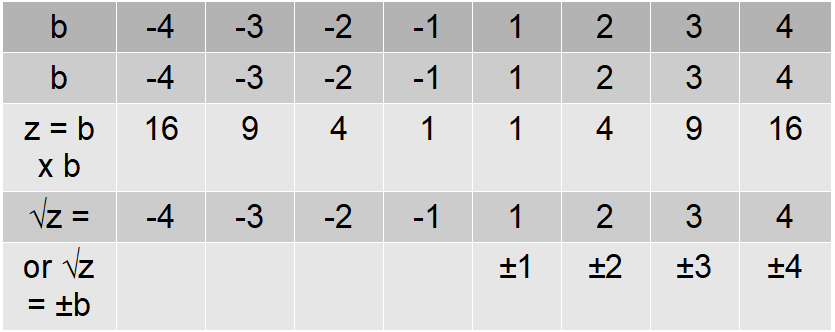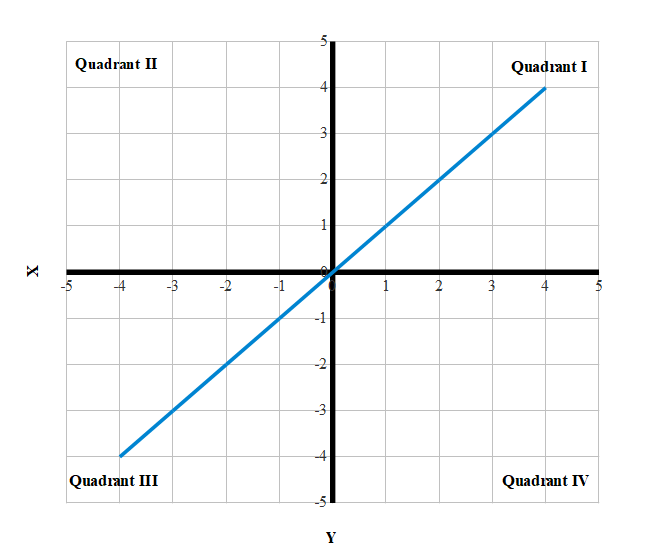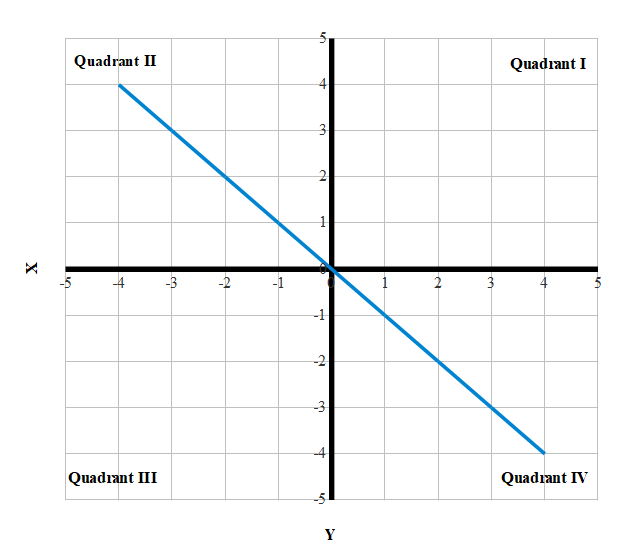
Copyright © 2019-2020 Georgi D. Politov
Registered with The US Copyright Office
Dear Sir, Madam, Student,
It is very difficult to break 16th century scholastic dogma, e.g. imaginary numbers, used in taking the square root of negative numbers. If we are consistent, we should accept to take square roots only from positive numbers. The result of multiplication of the same numbers is always a positive number. If we take the square root of a negative number, we should place the negative sign before the radical sign/radix -√.
BRIEF INTRO - NEGATIVE RADICAND

Do not pirate this article, please! UN Peacekiping was.
or discussion on square root
by Georgi D. Politov
I am not a mathematician. More than 40 years ago (in 1977) I took my exam in high mathematics utilizing square root of negative number. Solution was true and а confused examiner wrote "Yes, but the method is not correct".
In my opinion negative real numbers as a radicand (z the number or expression underneath the radical sign √z) have roots. We don't need complex numbers (imaginary number i) to calculate the square roots of negative numbers.
We assume that any radicand is a result of elementary mathematical operation multiplication of two real numbers b x b = z, positive, negative and their mix, e.g. 1 x 1 = 1, 2 x 2 = 4, (-3) x 3 = -9, (-4) x (-4) = 16.
Every average person expects to calculate the square root b of radicand z in simple way. However, he/she will face complex numbers. Multiplication is an elementary operation that leads to complex issues.
Let us use reverse method (back to the roots, find multiplier and multiplicand b) and Cartesian coordinate system. Simple representation of the square root of a positive number is as the side length (root value) of a square with area equal to the radicand value.
Here is case 1 which is well known.
Table 1

Note: Plus-minus sign ± is used in square root calculations to indicate two possible solutions, positive and negative numbers which absolute value [b] is the same.
The above is represented on coordinate system with coordinates (1,1),(2,2), …, (-1,-1), (-2,-2), … – side lengths and respective squares, see Graph 1. Parts of the blue line on the graph1 serve as diagonals of these squares.
Graph 1

If the radicand z is a positive number, the root b is also positive. However, on the basis of reverse method we claim that b could be negative as well because z = (-b) x (-b). For example, √1 = ±1 = (-1) x (-1). The roots of positive radicand are two pairs of positive and negative numbers, i.e. both multiplier and multiplicand are positive or negative in each pair.
In case 1 there are two pairs of multiplier and multiplicand (as coordinates). One of the pairs is the negation of the other and are used in different quadrants I and III.
What about quadrants II and IV? In these quadrants the numbers (side length of a square, the pair of multiplier and multiplicand) have different signs but their absolute value [b] is the same. We cannot use plus-minus sign ± because one of pair values (multiplier or multiplicand) is always the negation of the other. Nevertheless, they are used in the same quadrants II and IV.
Here is case 2.
Table 2

Our equation is -z =(-b) x b = b x (-b), commutative multiplication property (law) that allows for coordinates in two quadrants. The reverse method gives √-z = -(b x b) = (-b) x b = b x (-b). Obviously this is the same as -√z. For example, 1 x (-1) = (-1) x 1= -1.
The above is represented on the coordinate system with coordinates(-1,1), (-2,2), …, (-1,1), (-2,2), … – side lengths and respective squares.
Graph 2

The roots of a negative radicand are two pairs of mixed positive and negative numbers with the same absolute value.
Comparison of case 1 and 2
Case 2 is integral and essential part of case 1?
Let us look at case 1 solution √1 = ±1 = 1 x 1 = (-1) x (-1), √1 = (-1) x (-1) or √(-1) x √(-1) = 1.
How is the last possible? Both the multiplier and multiplicand are negative radicands! Here we have to make our choice what to accept: only positive root or both positive and negative roots (±) but on the basis of the reverse method.
Let us focus only on square roots signs of positive number (+b) x (+b) = (-b) x (-b) and negative number -(+b) x (+b) = -(-b) x (-b). The negative number square roots as coordinates are (-b,+b) and(+b,-b). In other words, the minus sign of negative radicand plays the role of a rotary switch that rotates the square roots counter-clockwise from quadrant I to quadrant II and from quadrant III to quadrant IV (see graphs 1 and 2).
Similarities and differences between case 1 and 2:
The roots are the same positive and negative numbers (no complex numbers) in all the 4 quadrants;
In both cases the radicands (the squares) and their roots as pairs of coordinates (the side length of the square) are used in 2 different quadrants - I and III, II and IV;
The minus sign of the radicand z does not require complex numbers (imaginary number - i);
In case 1 the roots are positive or negative (2 pure pairs of coordinates) but in case 2 are positive and negative (2 mixed pairs of coordinates).
The plus and minus signs (+ and −) are mathematical symbols. They are not numbers, so "+" or "-"are not +1 or -1. We assign them in the calculation of square root depending on our logic, respectively on the actual roots (multiplier and multiplicand). To achieve sign change sometimes we multiply positive numbers by -1 because it is senseless to use - 0 (zero value). In case 1 we assign both the plus and minus because we know which roots are possible. Consequently in case 2 calculations such as √-4 = √-1 x √4, etc. are needless.
We can keep using plus-minus sign ± but it shall
cover both options plus/minus (case 1, pure pairs) and plus & minus
(case 2, mixed pairs) or we could use the same sign but turned upside
down minus-plus  to denote mixed pairs of numbers
(positive and negative).
to denote mixed pairs of numbers
(positive and negative).
Finally, the square root calculations of the negative and the positive numbers are the same and their outcomes are differentiated only by plus-minus sign.
Best regards,
Mr. Politov, Georgi
Sofia, Bulgaria
Email: georgipolitov@gmail.com
WHAT IS THE PROBLEM?
Square definition:"In mathematics, a square is the result of multiplying a number by itself. The verb "to square" is used to denote this operation. Squaring is the same as raising to the power 2, and is denoted by a superscript 2".(Wikipedia.org, February 25, 2020)
The definition eliminates in advance the real numbers with different signs although they form squares as well and when multiplied return square area. To avoid this segregation the definition should be broadened to use real number absolute value in squaring and square roots calculation. The choice of plus-minus sign is at your pleasure but not arbitrarily.
Copyright © 2019-2020 Georgi D. Politov